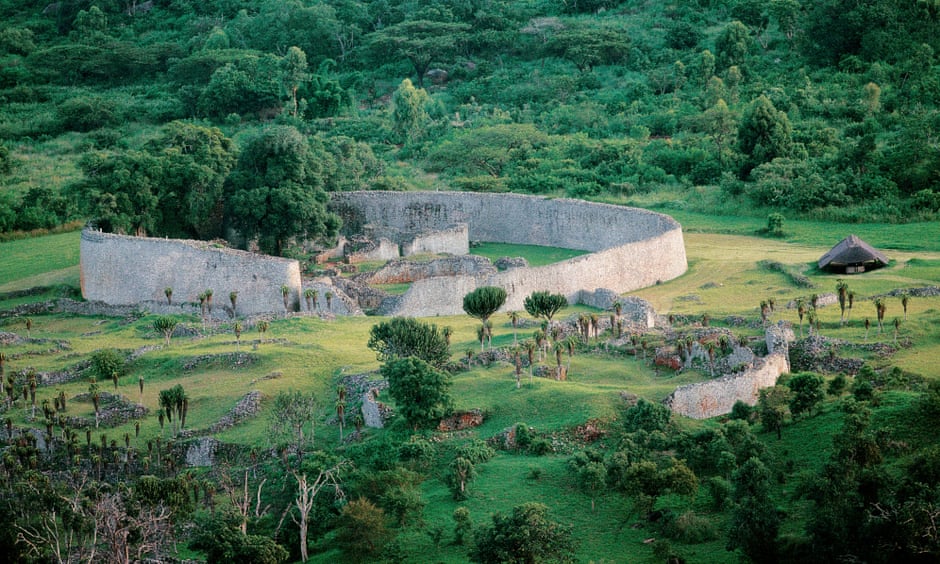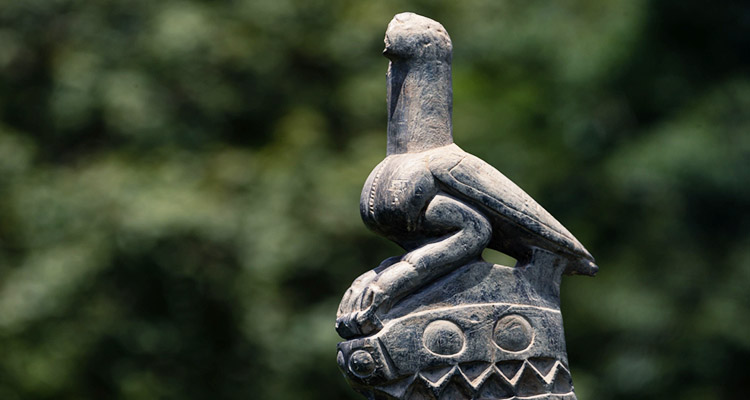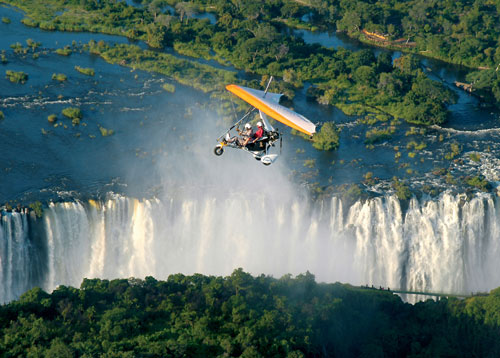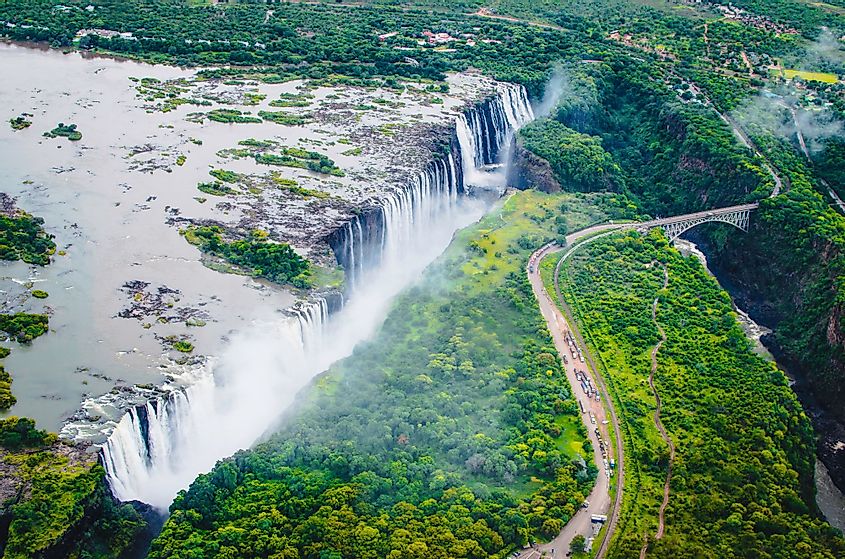Great Zimbabwe – the Machu Picchu of Southern Africa
Great Zimbabwe! Very few know about this medieval city in Zimbabwe which rivaled London in population size.
Most travel to Zimbabwe to enjoy Mosi-oa-Tunya or Victoria Falls, one of the seven natural wonders of the world. Falling from the two-kilometer-wide Zambezi river, Mosi-oa-Tunya or “the smoke that thunders” is the world’s greatest sheet of falling water.
The city of Victoria Falls, where the waterfall is located, is the adventure capital of southern Africa. And while there is lots to see and do in Victoria Falls, few know about Zimbabwe’s medieval city, Great Zimbabwe, which rivaled London in population size.
Located south-east of Victoria Falls, Great Zimbabwe was one of the most extensively developed settlements in pre-colonial sub-Saharan Africa, reaching a population of 20,000 at its zenith between the 11th and 15th centuries. The home of the Bantu-speaking Shona people, archaeological excavations of the 2,000-acre site have revealed that the Shona had already moved from subsistence agriculture to the management of livestock, mining, and trade. Archaeologists have found porcelain fragments from China and Persia, beads from Southeast Asia, glassware from Syria, and copper ingots from the kingdoms in Central Africa. Iron and copper tools have also been found, along with thousands of necklaces made of gold, a testament to the area’s thriving gold mining industry, including its export via boat, and sales in the markets of Cairo. In fact, it is believed that 40% of the world’s total mined gold came from the area. This is also what attracted Portuguese colonists to Zimbabwe, who came searching for its mythical cities of gold.
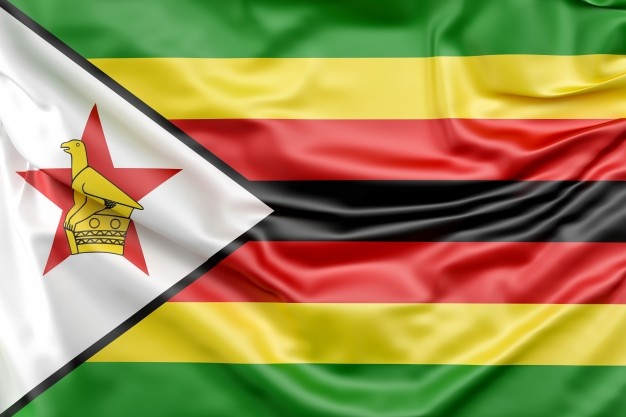
The word “Zimbabwe” translates from the Bantu language to “judicial center,” “ruler’s court,” or “ruler’s house.” Amidst the ruins, excavations of 250 royal clay homes have revealed interior furnishings such as pot-stands, elevated surfaces for sleeping and sitting, as well as hearths, and even a still-functioning drainage system. The ruined walls are constructed from locally-mined granite joined together without binders and curved at the corners, a marvelous feat of engineering for the times. The perimeter columns were decorated with soapstone sculptures 14 inches high, of a silhouetted bird with human lips and five-fingered feet, an image of which adorns Zimbabwe’s flag today.
Great Zimbabwe was suddenly abandoned in the 1450s and its citizens moved to the city of Khami. Scholars have differing views on the cause, from drought and environmental degradation to disease, political skirmishes, and the exhaustion of the gold mines. By the time Portuguese colonists arrived in 1505 in search of the mythical cities of gold, Great Zimbabwe was already in ruins. Today, it stands as a testament to the Shona Empire’s organization, autonomy, and economic power, and as a source of national pride for Zimbabweans. A UNESCO World Heritage Site, the country of Zimbabwe took its name from this historic site.
Victoria Falls, located northwest of Great Zimbabwe, is southern Africa’s adventure capital and a wonderful place for fun in the sun!
- Enjoy wildlife safaris in Zambezi National Park and Hwange National Park.
- Swim at the edge of Victoria Falls, just as the Zambezi River gets ready to fall 350 feet below. Yes, really!
- Take a leisurely dinner cruise on the Zambezi River.
- Take a helicopter or microlight flight for panoramic views of the “smoke that thunders.”
- Bungee jump, sky dive, and zipline.
- Raft, canoe or kayak the mighty Zambezi River while spending nights under star-filled skies.
- Enjoy authentic Zimbabwean cuisine.
- Shop for souvenirs.
